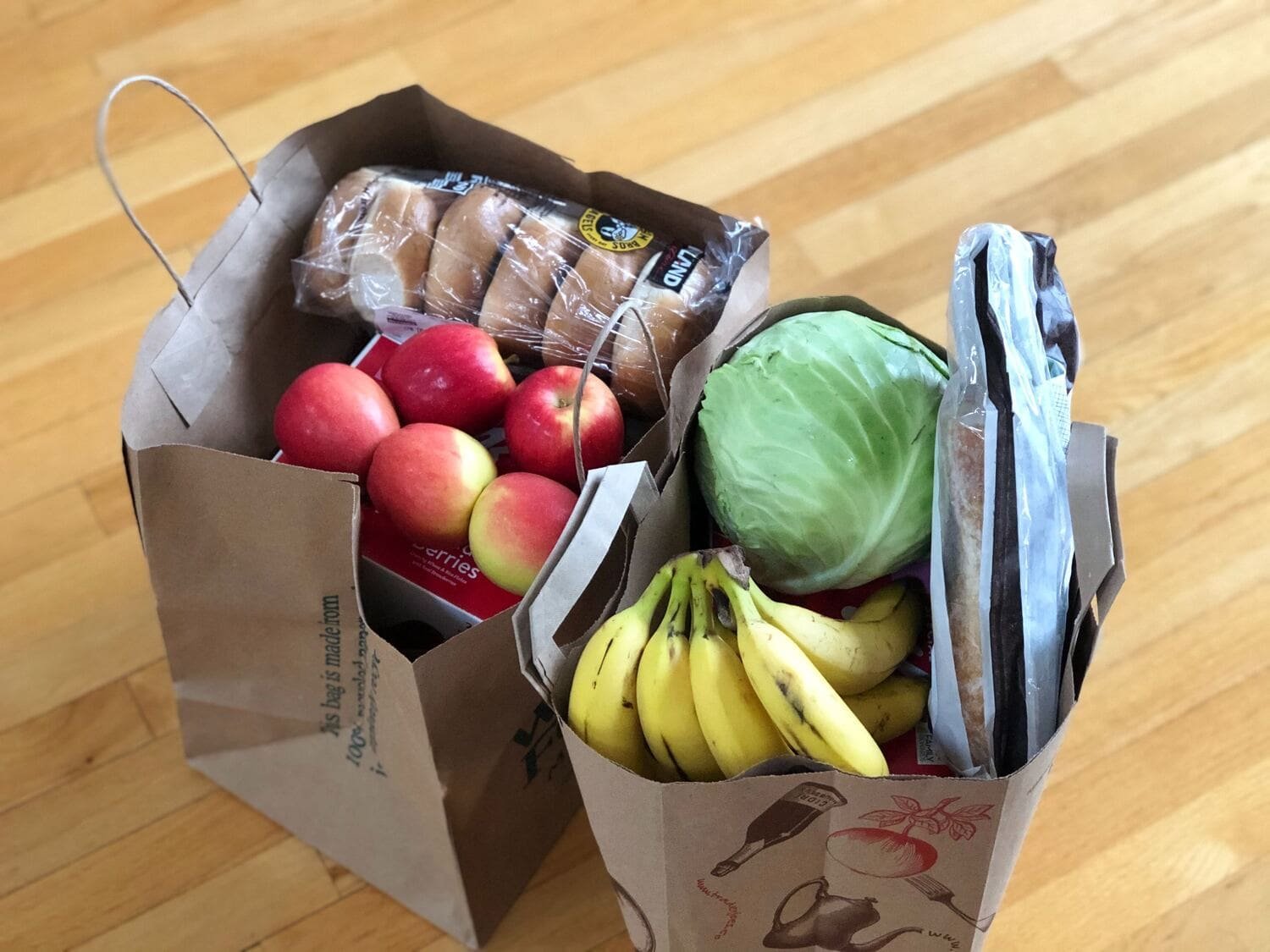History of Paper Bag Manufacturing

The history of paper bag manufacturing dates back to the mid-18th century when the first paper bag-making machine was invented by Francis Wolle in the United States in 1852. This machine was used to produce flat-bottomed bags that were intended for holding groceries, dry goods, and other small items.
However, it was not until the late 19th century that paper bags gained widespread popularity as a packaging material. In 1871, the first machine for producing square-bottomed paper bags was invented by Margaret E. Knight, a woman inventor from the United States. The invention of this machine allowed for the mass production of paper bags and helped to reduce the cost of production.
By the early 20th century, paper bags had become a popular and ubiquitous packaging material in the United States and Europe, and paper bag manufacturing had become a major industry. The use of paper bags was encouraged during World War II, as paper was seen as a more readily available and sustainable resource than other materials such as plastics.
In the 1960s, the popularity of paper bags began to decline as plastic bags became more widely available and affordable. However, with the growing awareness of environmental sustainability in recent years, paper bags have once again gained popularity as a more eco-friendly alternative to plastic bags.
Today, the paper bag manufacturing industry has grown significantly, with companies around the world producing a wide range of paper bags for various industries, including retail, food, and healthcare, among others. The industry has also seen significant advancements in technology, with the development of machines that can produce paper bags in various shapes and sizes, using sustainable materials and production methods.
